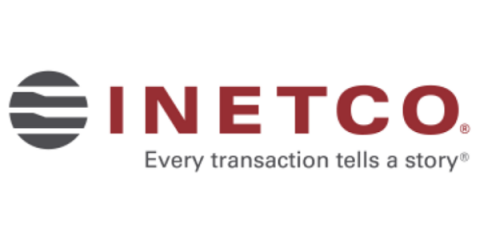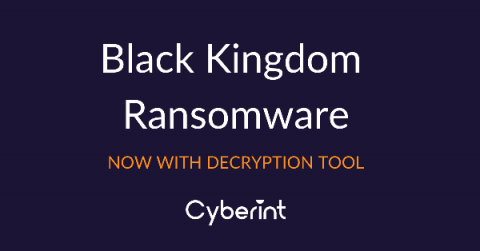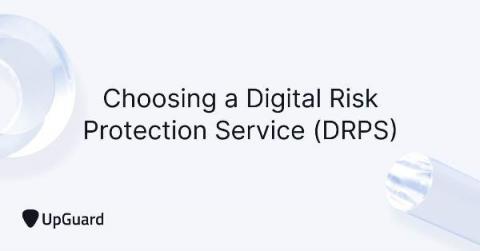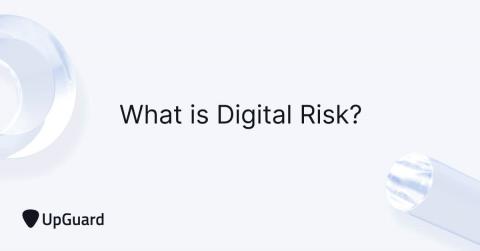Fighting Digital Payment Fraudsters in Real-time: A Winning Framework (Part 2)
A customer walks into a bank, asks a question at the information desk, and then leaves. Later that day an operations manager notices an unmarked USB device left on the counter. He doesn’t remember who might have left it, so he plugs it into his computer to see if he can potentially spot the owner. As the USB loads, the malware shuts down the entire system, while the hackers get the bank’s customers’ account details.











